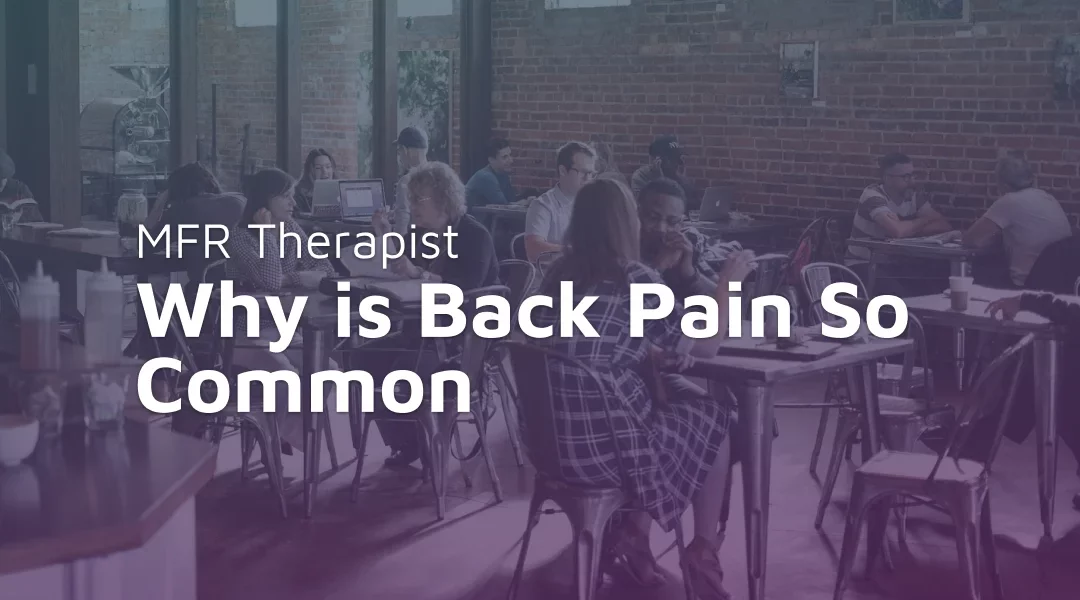When we sit for long amounts of time a muscle called the psoas shortens, which can lead to pain in your lower back. Stretching has been shown to help lengthen the psoas muscle and decrease this discomfort. However, before we begin to use stretches to alleviate our back pain we must first understand what the psoas muscle does and why issues can arise when it is shortened and not functioning properly.
This happens because our psoas originates on our lumbar spine, from the L1-L4 discs of our spine to be exact. From there, the psoas sweeps around and over our hip bone to connect on the front part of our respective femur bones. Picture wearing your favorite pair of jeans. Our psoas runs from where the waistband of your jeans lies on your spine and ends at the front pockets of your jeans.
When this muscle shortens, both places where the psoas connects are impacted. Since we spend so much time sitting, most people have a chronically shortened psoas and will suffer issues associated with it. Lengthen your psoas by stretching is a quick and effective way to begin relieving your back pain.
Any form of stretching that incorporates movements that lengthen your psoas and hip flexor muscles will help to promote muscle flexibility. Some great hip flexor stretches include:
- Standing quad hip flexor stretch
- Backward pigeon pose
- Pigeon pose
- Figure four
Not only does stretching help to lengthen and increase flexibility in the psoas muscle itself, but it also helps to reduce tension within tendons that control the diaphragm. This can help to lower stress levels within our body by shifting our breathing pattern down away from our shoulders into our lower chest and abdomen.
In addition to the stretches listed above, yoga provides the perfect mixture of stretching to promote flexibility and mindful breathing techniques to help reduce stress and promote mental wellbeing. Setting aside 5 to 10 minutes each day to stretch or practice yoga can have an amazing impact on the health of your back and hip flexor muscles. If you’re interested in learning more about how to help build stretching into your normal routine or other treatment options for low back pain, visit MFR Health. Here, you will have access to a variety of resources and information regarding myofascial release (MFR) therapy and its many benefits.
Resources
Ussery EN, Fulton JE, Galuska DA, et al. Joint Prevalence of Sitting Time and Leisure-Time Physical Activity Among US Adults, 2015-2016. JAMA. 2018; 320(19):2036-2038.
